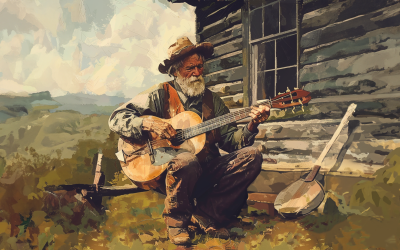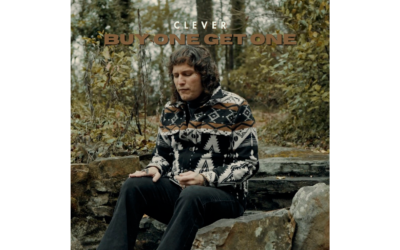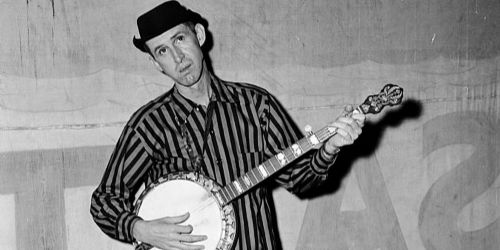
In the grand, twisted tapestry of the American dream, where heroes and villains dance a frenzied jig to the tune of fortune and folly, the saga of David “Stringbean” Akeman unfolds like a cosmic joke penned by the gods of roots music themselves. A man of humble beginnings, catapulted into the glaring spotlight of fame, Stringbean’s rise was as improbable as it was meteoric, a testament to the strange alchemy of talent, timing, and sheer, unadulterated charisma.
Rise from the Ashes
Born in the dust and despair of 1915 in Depression-era Kentucky, Stringbean Akeman clawed his way out of the coal mines and into the hearts of America. His was a journey not of privilege but of grit, his banjo a sword with which he battled the beasts of obscurity. From the hootenannies and jamborees of his youth to the hallowed halls of the Grand Ole Opry, Stringbean strummed his way into legend, his long, lanky frame a silhouette against the bonfires of American folklore.
Akeman moonlighted as a semiprofessional baseball player, and in an ironic twist of fate, he came face to face with another unlikely semipro, the bluegrass legend Bill Monroe. This odd parable led to his membership in Bill Monroe’s Blue Grass Boys. However, this was not just a gig; it was a coronation, an anointing by the high priests of bluegrass music that led him to the stage of the Grand Ole Opry. Stringbean’s unique blend of musicianship and mirth made him a standout in a genre already bursting with talent, his banjo plucking echoing through the ages like the laughter of the gods.
The Hee Haw Chronicles
In 1969, Akeman and Grandpa Jones became cast members of a new television show entitled Hee Haw. Hee Haw was a country music-centered, comedy and sketch variety show, airing from 1969 to 1993. Stringbean’s stint on Hee Haw, that bastion of country humor and rural wit, was nothing short of a psychedelic trip through the underbelly of American entertainment. With his gangly frame draped in clothes that seemed borrowed from a giant, Hee Haw is where Stringbean’s persona truly shone. His image is forever burnt into the minds of a generation with his trademark long shirt that hid his knees. He was a figure of both comedy and melancholy, reflecting the genre he embodied. He was the height of comedic genius, a beacon of light in the otherwise dimly lit corridors of television programming. Hee Haw wasn’t just a show; it was a cultural phenomenon, a weekly gathering where the absurd met the profound, and Stringbean was its unwitting shaman. His banjo, plucked with the finesse of a surgeon performing a heart transplant, wasn’t just an instrument; it was a vehicle for transporting the audience to a place where laughter and music healed all wounds.
Discography and Legacy
Akeman didn’t begin his solo recording career until the early 1960s, when Starday Records brought him on board. He continued to be renowned for his traditional banjo playing techniques, specifically “clawhammer” or “frailing.” Beyond his proficiency in clawhammer style, Akeman often employed a two-finger picking method, utilizing his thumb and forefinger. He is recognized alongside Uncle Dave Macon, Grandpa Jones, and Ralph Stanley as one of the most distinguished banjo players in the old-time style.
| Year | Album Title |
|---|---|
| 1961 | Old Time Banjo Pickin’ and Singin’ With Stringbean, The Kentucky Wonder and his Five String Banjo |
| 1962 | More of that Rare Old Time Banjo Pickin’ and Singin’ |
| 1963 | A Salute to Dave Macon |
| 1964 | Way Back in the Hills of Kentucky |
| 1970 | Me and My Old Crow Got a Good Thing Going |
| 1970 | Hee Haw Corn Shucker |
| 1976 | Goin’ to the Grand Ole Opry |
A Murder Most Foul
In the twisted heart of Ridgetop, Tennessee, at the modest and unassuming abode of 2308 Baker Road, lived Akeman with his better half, Estell. A pair who had danced with the devil of the Great Depression, they carved out a slice of life as lean as the meat on a backwoods squirrel. Their sanctuary? A cabin that stood as a monument to frugality, with only a Cadillac to whisper tales of indulgence and a color TV to flicker dreams of elsewhere. Trust in banks was a casualty of those lean times, leaving Akeman to stash his earnings under the very floorboards that echoed with the ghosts of a hard-fought existence.
The Nashville vine was ripe with whispers, tales of Akeman clutching tightly to wads of cash, though his wallet never bulged with the fat of the entertainment industry’s gluttony. Then came the night of November 10, 1973, when darkness swallowed Akeman and Estell whole. Returning from the Grand Ole Opry, their sanctuary became their tomb, with killers lying in wait, their patience as deep as the night. Stringbean Akeman, and his wife, begging and pleading for her life, were shot and killed. With the grim light of morning, the brutal scene was discovered by life-long friend Grandpa Jones.
News sources reveal that Akeman and his beloved wife were carrying $5700—a fortune in blood money—when death came calling. Their Cadillac, a chariot of dreams, became the getaway for their executioners.
The law’s long arm eventually closed around John A. Brown and Marvin Douglas Brown, two kin with hearts as cold as the steel they wielded. Their deeds at 2308 Baker Road were a cacophony of desperation and violence, ending two lives in search of petty spoils. At the trial, amidst the circus of justice, it was Grandpa Jones, with a heart heavy with loss, who pointed the finger of fate at the Browns. Jones testified they were in possession of a firearm he had personally gifted his late friend.
But what were they really after? A chainsaw and some guns—a meager haul for the price of two souls. In the end, the tale of Akeman and his Estell is one of life’s cruel jokes, a reminder that even in the serene valleys of Tennessee, the savage heart of humanity beats on, relentless and unforgiving.
Trial and Retribution
The trial of the Brown cousins was a spectacle, a circus tent erected in the middle of a graveyard. The evidence laid bare the motives, as sordid as they were simplistic. Greed, that most human of vices, had propelled these men into the abyss, and justice, with its blindfold askew, sought to pull them back only to push them over the edge into the void of incarceration. John A. Brown’s 198-year sentence was a testament, not to the value of human life, but to society’s need for vengeance. Marvin Douglas Brown, sentenced to 99 years, found himself in a cell, a cage for a beast of burden. Marvin’s eventual death in 2003 was a coda to this lament, a footnote in a tale that had long since been etched into the annals of cultural tragedy.
Despite being sentenced to 198 years for pulling the trigger that killed both Akeman and his wife, John Brown was granted parole in November 2014 after serving more than 40 years in prison.
Where the Road Ends
In the aftermath, the legend of Stringbean Akeman, like the phantom of a lost friend, haunts the corridors of roots music and American television. Hee Haw soldiers on, a ghost ship with a laughing crew, while the strings of Stringbean’s banjo resonate in the ether, a reminder of what was lost and what endures.
This article is a tribute to the man, the myth, the legend that was Stringbean. It’s a ride through the highs and lows, a journey through the heart of darkness at the center of the American dream, where the laughter meets the tears, and the music plays on, forever echoing in the halls of memory.
Therefore, I leave you with this. As in tradition of Bluegrass and its glorified history of death and murder, the haunting Ballad of Stringbean and Estelle, written by legends Sam Bush, Verlon Thompson and Guy Clark.

‘Blue Sky Sundays’ – JD Clayton – New Album Review
JD Clayton returns with Blue Sky Sundays, his follow-up to the critically acclaimed 2023 debut, Long Way from Home. This time, he steps into the role of producer, serving up a rich slice of Americana that blends country rock and bluesy roots with even greater depth....
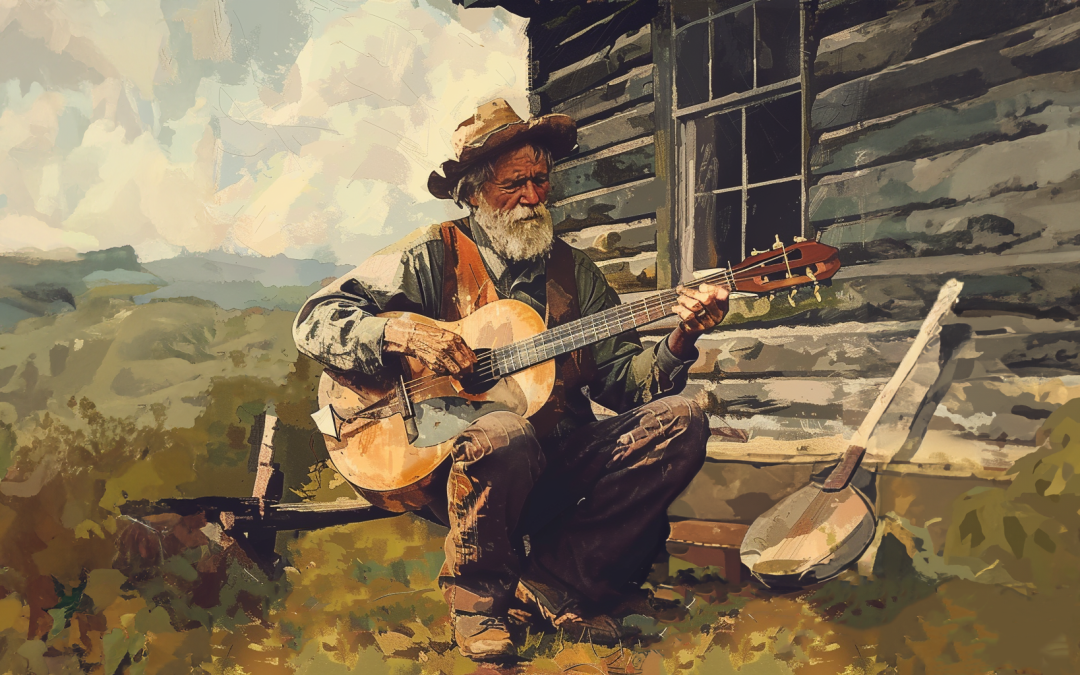
The Roots of Appalachian Old-Time Music: Exploring its Historical Origins
The Appalachian Mountains echo with the soulful strains of old-time music, a genre deeply rooted in America's diverse cultural tapestry. This traditional art form, born from a fusion of influences spanning the British Isles, African rhythms, and American blues,...
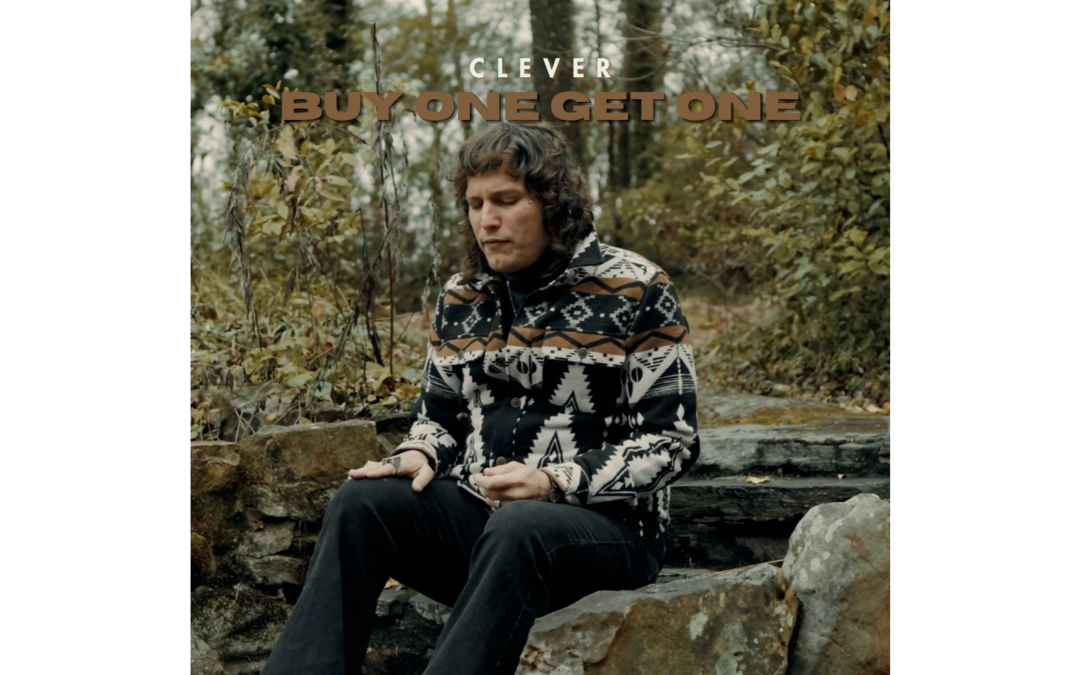
Clever Releases New Single: ‘Buy One Get One’
Clever, the Alabama-born singer-songwriter known for his emotive lyrics and genre-blending style, has just dropped his latest single Buy One Get One. The small-town wordsmith turned country troubadour, doesn't mince words in this earthy ballad. Buy One Get One ain't...

Vincent Mason Releases Latest Single: “Waitin’ On You To Wear Off”
Country music sensation Vincent Mason is kicking off 2025 with a bang, releasing his latest single Waitin' On You To Wear Off on January 10th. The new track, written with Colton Venner and Jack Hummel, showcases Mason's signature style that has captivated fans across...

Not My First Rodeo – Agata Karczewska – New EP Review
For those unfamiliar—though frankly, it feels almost criminal to admit it—Agata Karczewska is a Polish singer-songwriter who has been quietly but powerfully carving out her space in the folk-Americana scene. Karcewska has realeased her long awaited EP Not My First...

‘The Sun Still Rises’ – Aisha Badru – New Album Review
The Sun Also Rises is Aisha Badru’s second full-length album, following 2018’s Pendulum and four (!) EPs released since then. As a singer-songwriter from New York City, Badru brings her distinctive voice to the forefront of this record. I haven’t listened to any of...

Vincent Mason and Gavin Adcock Release New Single: ‘Almost Gone’
Vincent Mason and Gavin Adcock have just released their new single, Almost Gone. Produced by Jay Rodgers, this heartbreak anthem brings together two rising stars in a collaboration that showcases their undeniable musical chemistry. The emotionally charged track blends...

JD Clayton Releases New Holiday Classic – ‘Your Favorite Christmas Song’
For Arkansas-born singer-songwriter JD Clayton, the holiday season holds a special place in his heart. “Christmas is hands down my favorite time of year,” he shares with a warm smile. “I’ve probably watched White Christmas at least fifty times every holiday season. My...

Vincent Mason Released New Single: ‘Speak of the Devil’ (w/Review)
Vincent Mason, the rising star in country music, has just released his latest single, Speak of the Devil. At just 23 years old, Mason has already made waves in the industry, with his breakout hit Hell Is A Dance Floor racking up over 60 million streams. His raw talent...

‘In Time’ – The Lowdown Drifters – New Album Review
After nearly a decade of cutting their teeth on the gritty stages of backyards and barrooms, The Lowdown Drifters are making serious strides toward Americana roots prominence with their latest release, In Time, which dropped on October 25, 2024. Hailing from Ft....
Related Articles
‘Blue Sky Sundays’ – JD Clayton – New Album Review
JD Clayton returns with Blue Sky Sundays, his follow-up to the critically acclaimed 2023 debut, Long Way from Home. This time, he steps into the role of producer, serving up a rich slice of Americana that blends country rock and bluesy roots with even greater depth....
The Roots of Appalachian Old-Time Music: Exploring its Historical Origins
The Appalachian Mountains echo with the soulful strains of old-time music, a genre deeply rooted in America's diverse cultural tapestry. This traditional art form, born from a fusion of influences spanning the British Isles, African rhythms, and American blues,...
Clever Releases New Single: ‘Buy One Get One’
Clever, the Alabama-born singer-songwriter known for his emotive lyrics and genre-blending style, has just dropped his latest single Buy One Get One. The small-town wordsmith turned country troubadour, doesn't mince words in this earthy ballad. Buy One Get One ain't...


